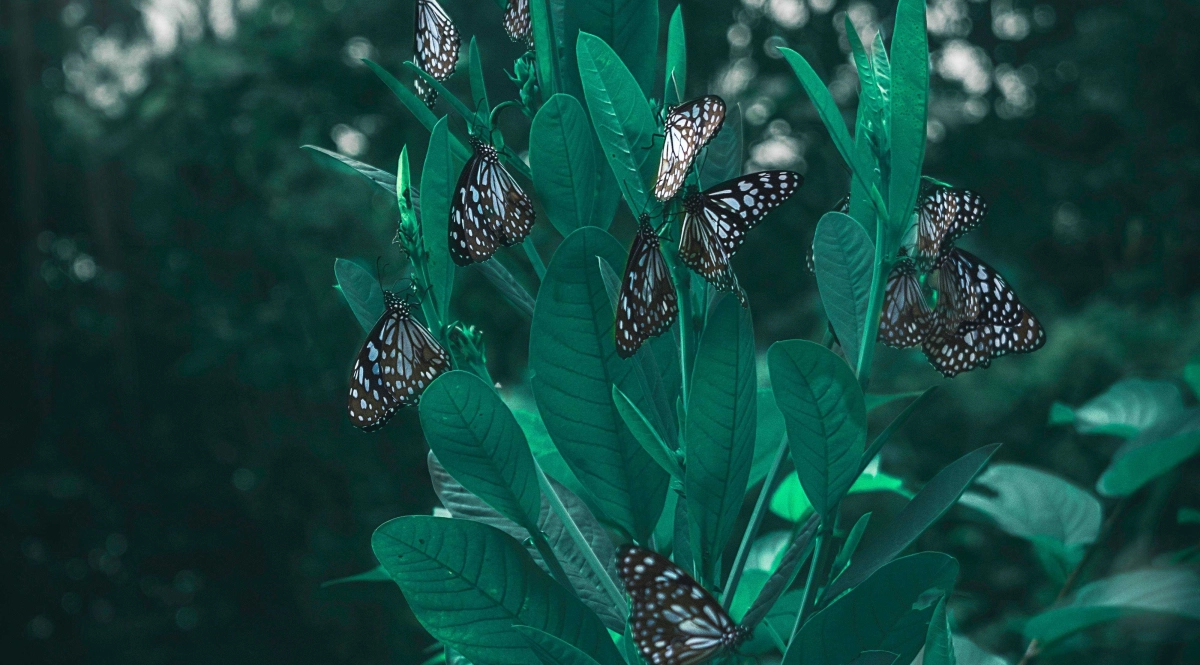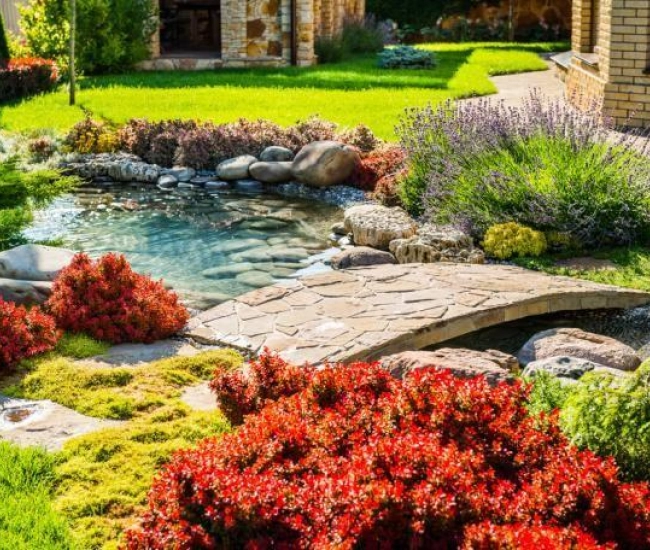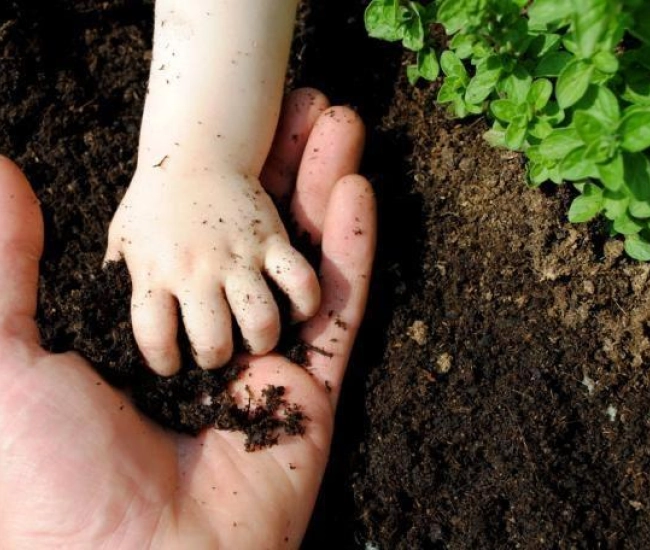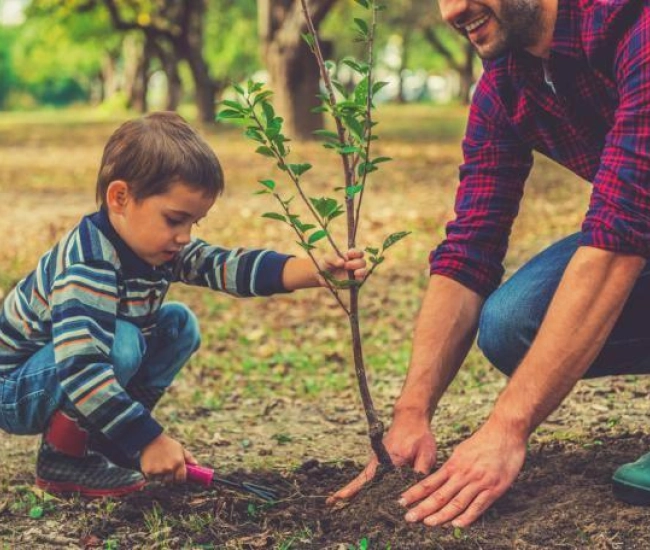
Create a Layout for Butterflies in Your Garden
Nowadays, many people are trying to reconnect with nature by inviting wildlife into their gardens and providing them with shelter and food. Gardening for birds was the pioneering movement of this trend. This practice is now well-known and documented.
Although butterflies fascinated us all as children, it is only in recent years that we have rediscovered the beauty of these insects. The damage caused by the larval stage of these insects causes us so many problems that we forget their importance in ecosystems. They are pollinators and an important link in the food chain for birds.
Butterfly Life Cycle
We may prefer the adult stage of this insect, but one does not go without the other. The butterfly's life cycle occurs in 4 stages:
Egg
- some butterflies lay eggs only on specific plants
- grow these plants if you want butterflies to reproduce in your yard.
Larva
- the larva, commonly called a "caterpillar," feeds on foliage
- many caterpillars feed on a specific plant called a "host plant," which are most often native plants.
Chrysalis
- the caterpillar forms a cocoon in which it will become a magnificent butterfly.
Butterfly
- this is the stage everyone prefers to see in their garden
- the adult butterfly usually feeds on nectariferous plants, that is, plants that contain nectar.
Visiting Butterflies
There are more than 700 species of butterflies in North America. Only a few may visit your garden.
Here is a list of some very colorful daytime butterflies that are most likely to come and feed on your plants and whose beauty is remarkable:
- Monarch (Danaus plexippus)
- Red Admiral (Limenitis arthemis)
- Canadian Tiger Swallowtail (Papilio canadensis)
- European Skipper (Thymelicus lineola)
- Painted Lady (Vanessa cardui).
Designing Your Garden for Butterflies
The determining factor that can influence butterflies to come to your garden is the presence of a favorable habitat for them.
Sunlight
Firstly, butterflies love the sun. It warms their wing muscles, allowing them to fly freely. A very sunny site will therefore be highly prized by them. Stones placed here and there in your garden will allow butterflies to rest while warming themselves on the ground.
Water
Water is also an essential element to ensure the survival of butterflies. By drinking, they obtain the minerals they need. However, care must be taken, as butterflies can drown in very little water. A safe drinking spot can be offered by filling a birdbath with sand and keeping it constantly moist.
Nectariferous Plants to Attract Butterflies
Naturally, some plants seem to attract butterflies more than others. Great! This allows you to increase your chances of admiring them. It is during the flowering of these plants that most butterflies will stop by. In general, perennials provide more nectar than annual plants.
Here is a list of different plants that can attract butterflies to your yard:
Annual Plants:
- China Aster, Callistephus chinensis
- Cornflower, Centaurea cyanus
- Lantana, Lantana camara
- Black-eyed Susan, Rudbeckia hirta.
Perennial Plants
- Yarrow, Achillea
- Purple Coneflower, Echinacea purpurea
- Lavender, Lavandula
- Blazing Star, Liatris spicata
- Musk Mallow, Malva moschata
- Garden Phlox, Phlox paniculata
- Marigold, Tagetes.
Shrubs
- Butterfly Bush, Buddleia davidii
- Rose, Rosa
- Lilac, Syringa.
Tips and advice



